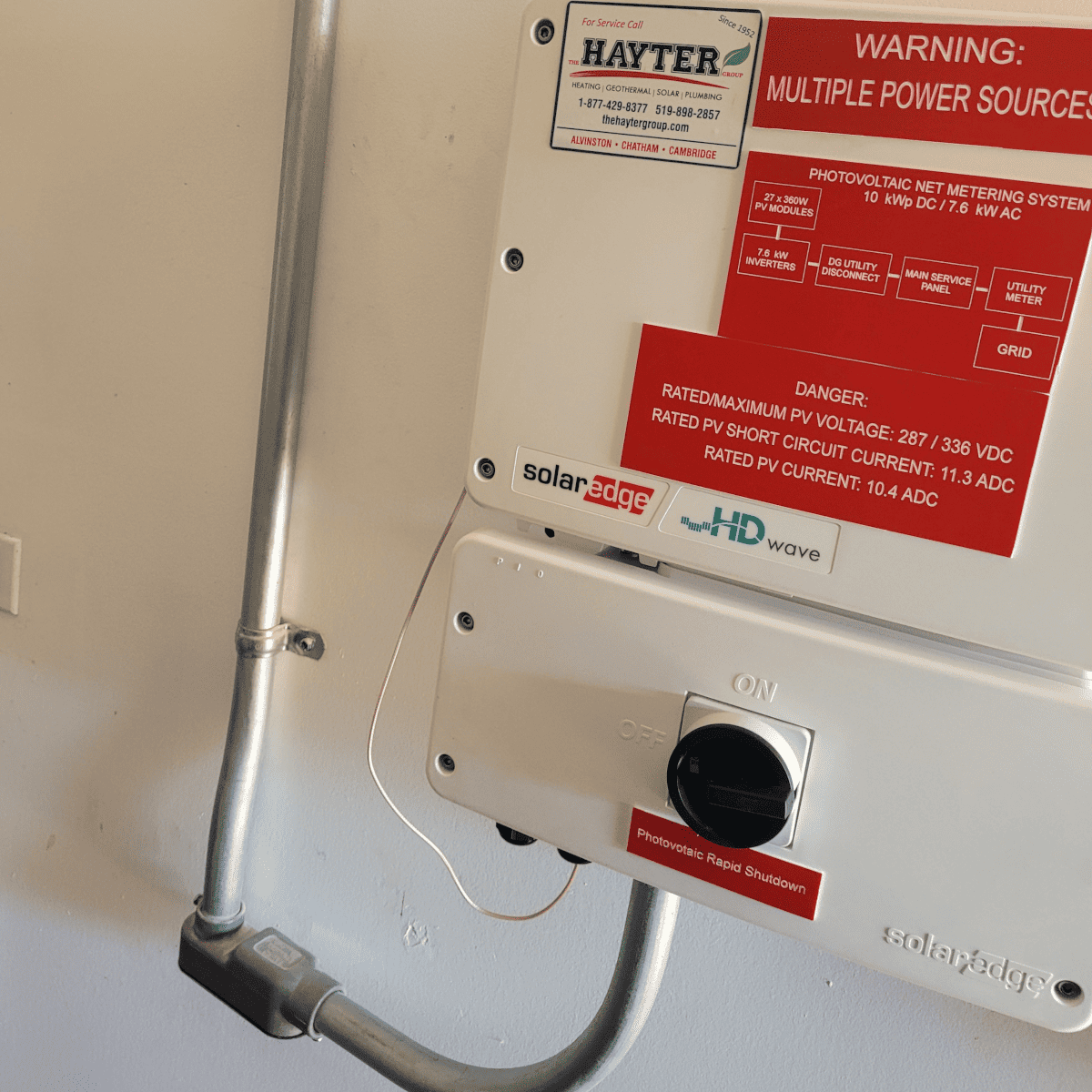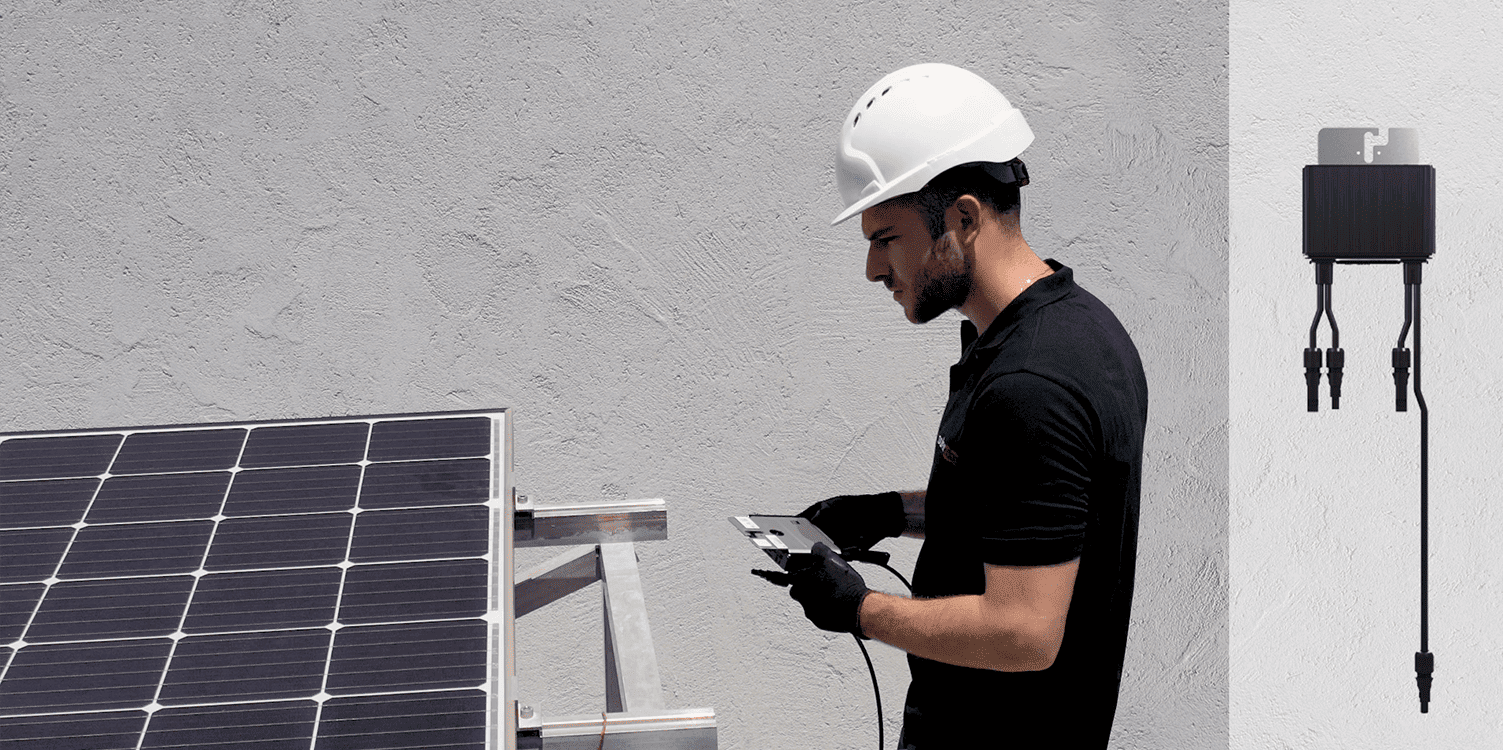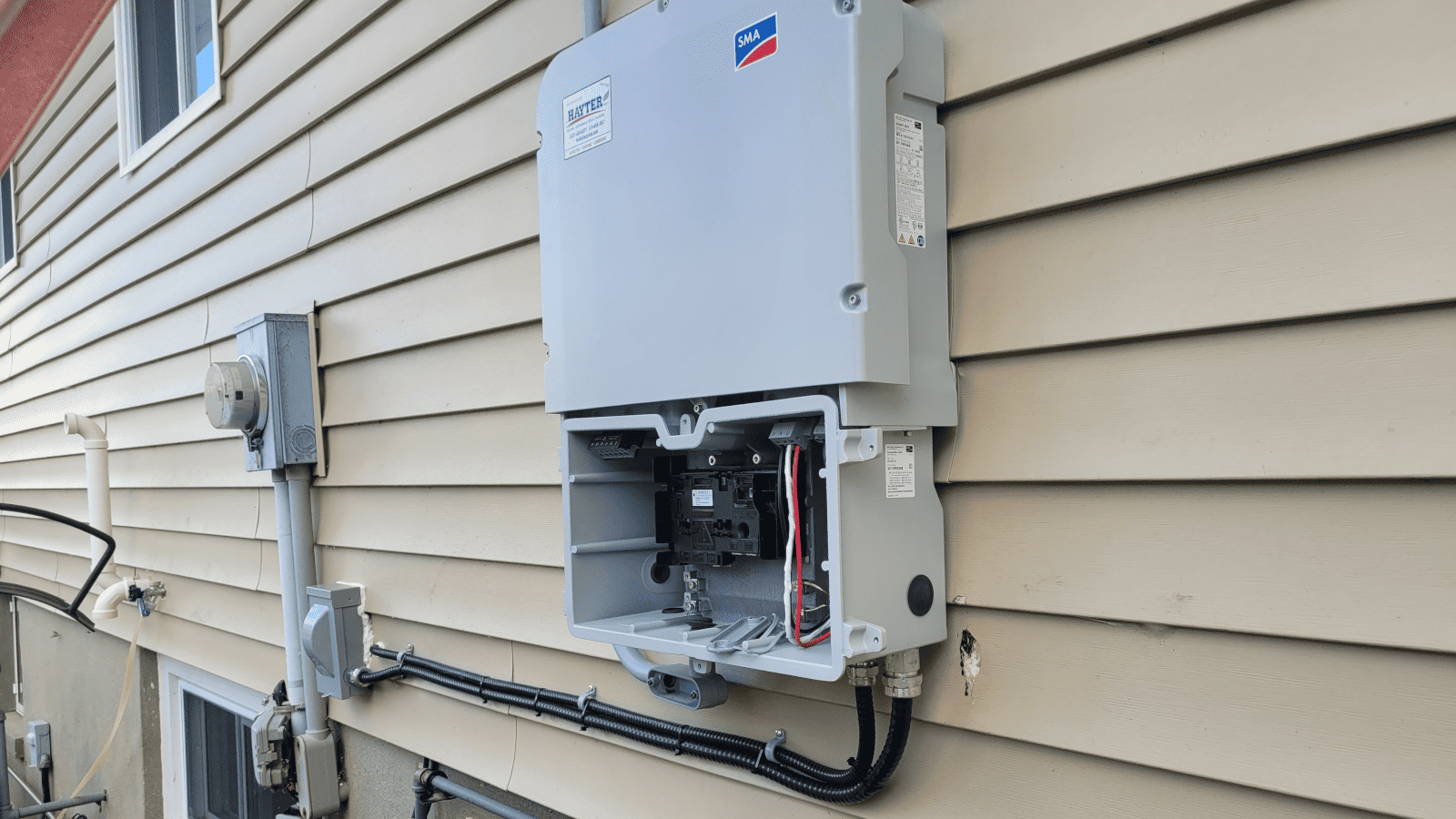
Inverters are an integral part of a solar panel system as they are responsible for converting the direct current (DC) electricity generated by the solar panels into the alternating current (AC) electricity that is used in homes and businesses. There are two main types of inverters: string (or centralized) inverters and microinverters.
String Inverters
A single inverter that is connected to the entire array of solar panels and is the least expensive option. However, if one panel in a string is shaded or not performing optimally, it can reduce the performance of the entire string. In some cases where necessary, two or even three of these string inverters can be used for larger projects.
String inverters are typically installed near to your hydro meter and typically will have an area identified for installation during the site-assessment stage of the project.
Microinverters
Microinverters are installed at each individual solar panel, allowing each panel to maximize production. This is particularly useful if some panels are shaded at different times of day or if they are not all facing the same direction. Microinverters tend to be more expensive than string inverters for this reason but do offer that added benefit.
One draw back (compared to string inverters) that could be brought up is the additional weight on the roof as the inverter portion of the system is now on the roof (as opposed to string inverters). Saying that, all projects will go through a structural analysis with an independent engineer to approve the roof load capacity to allow for microinverter installations.
Power Optimizers
Power Optimizers (or simply Optimizers) are a hybrid of microinverters and string inverters, with one being installed at each panel. They “condition” the DC electricity before sending it to string inverter and perform well in situations where panels are shaded or facing different directions. Power optimizer systems tend to be more expensive than string inverter systems, but less expensive than microinverter systems.
Why Invest in Solar?
- You can produce your own power for about the same cost that you are paying today.
- Unlike current hydro rates, your cost of power will not change for the next 30 years.
- You can produce as much power as your home consumes.
- You will still get bills for hydro, they will be offset by credits from your own power production.
- You will reduce your carbon footprint.
- You will increase the value of your home.


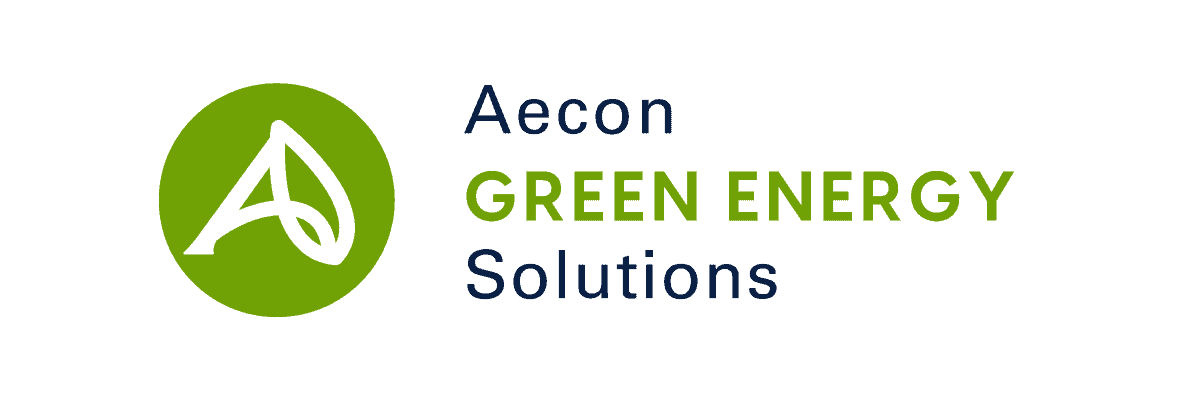
Our Newsletter keeps you up to date on all the latest green energy trends for your home! We’ll also let you know about all the latest rebates and promotions! You can unsubscribe at any time.

Interest Free up to $40,000
Complete major retrofits to your home through an interest-free loan of up to $40,000. The energy savings from your geothermal or solar installation will help

Lambton Renovates Program
Grants and Financing The Lambton Renovates program offers financial assistance to eligible households as follows: 10-year forgivable loan up to $20,000 Who’s Eligible? Market value
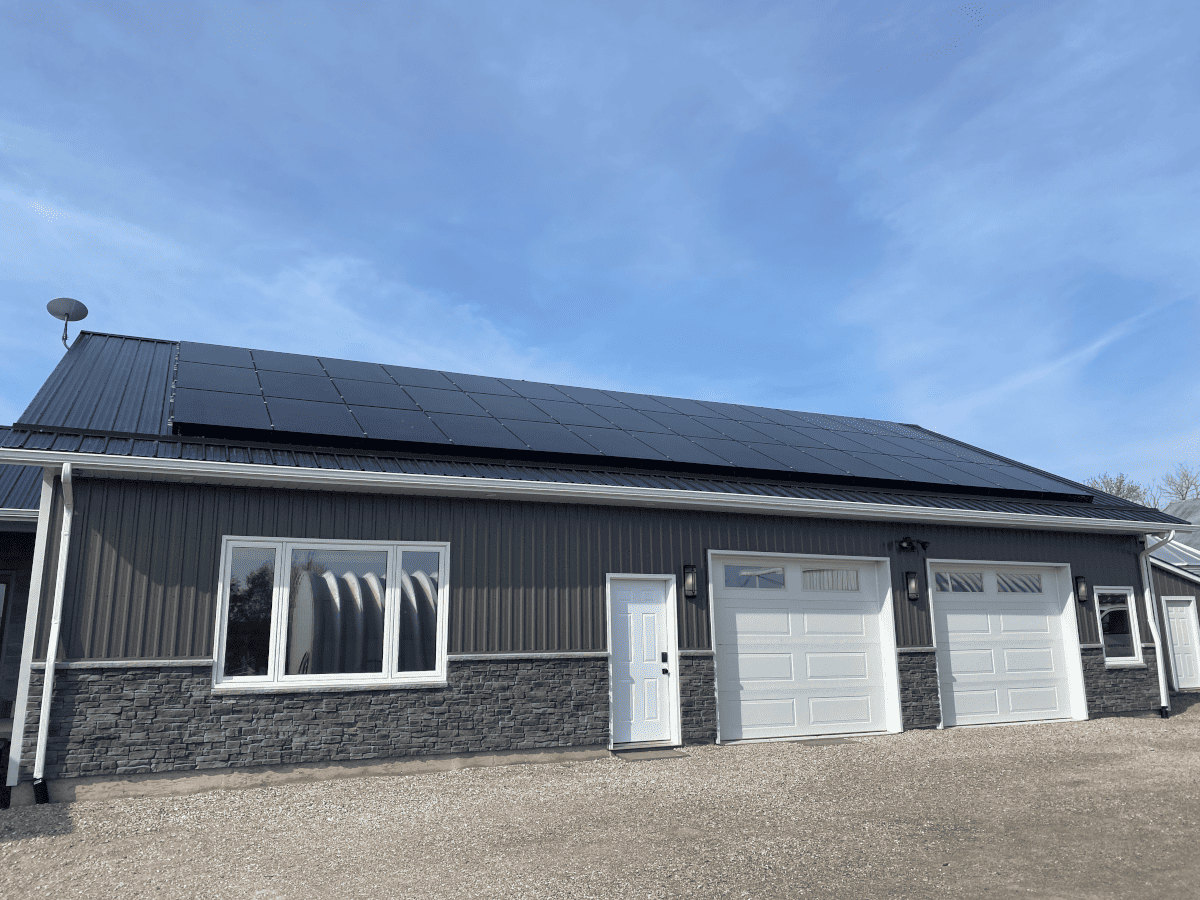
Five Benefits of Combining Solar Panels and EV Charging at Home
DID YOU KNOW that solar panels can power your EV charger? This means the renewable energy you harness from the sun can be used to
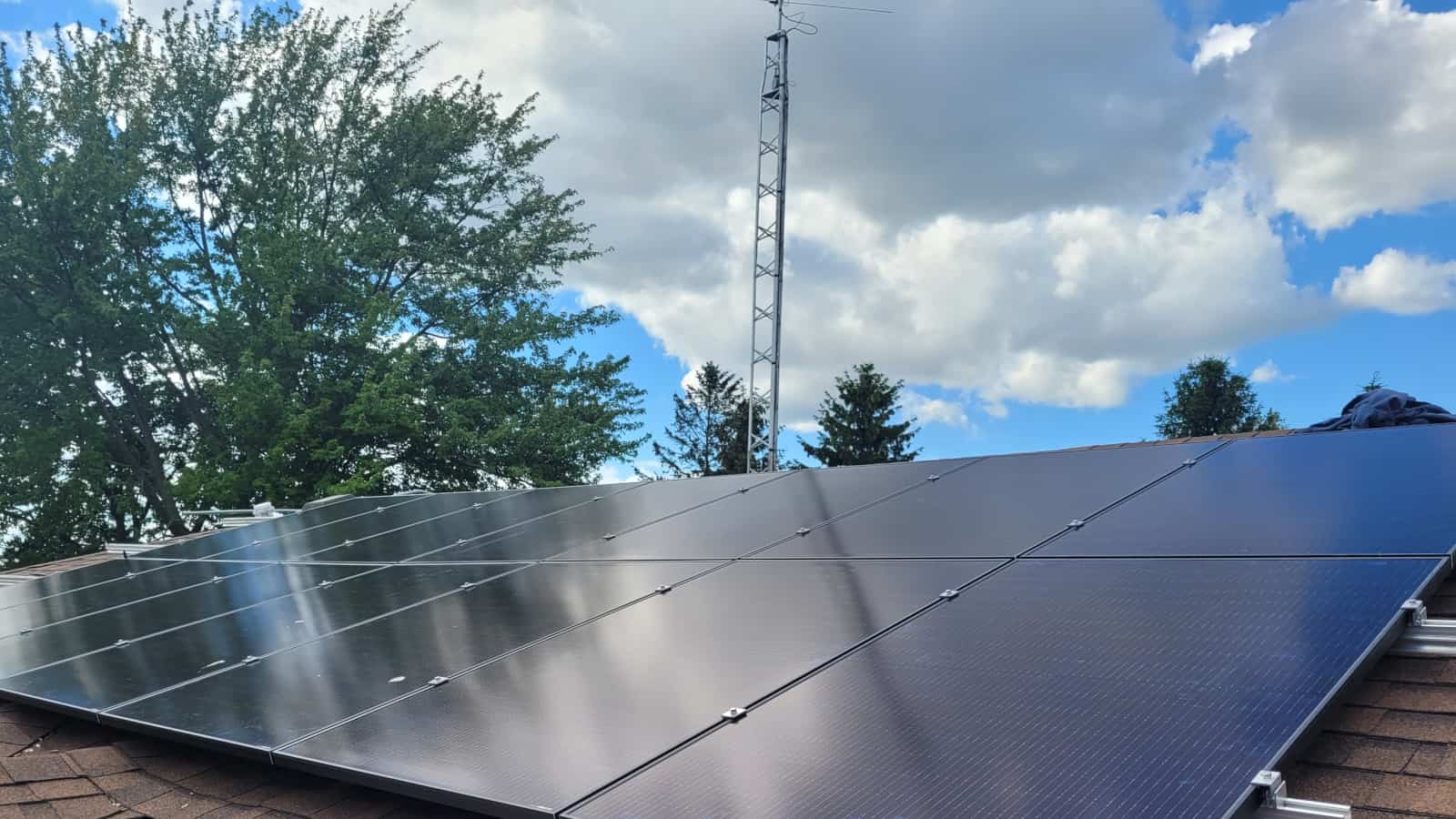
Solar Panels 101
Solar modules, a.k.a. solar panels are devices that is used to convert sunlight into usable electricity. It is made up of a series of solar
